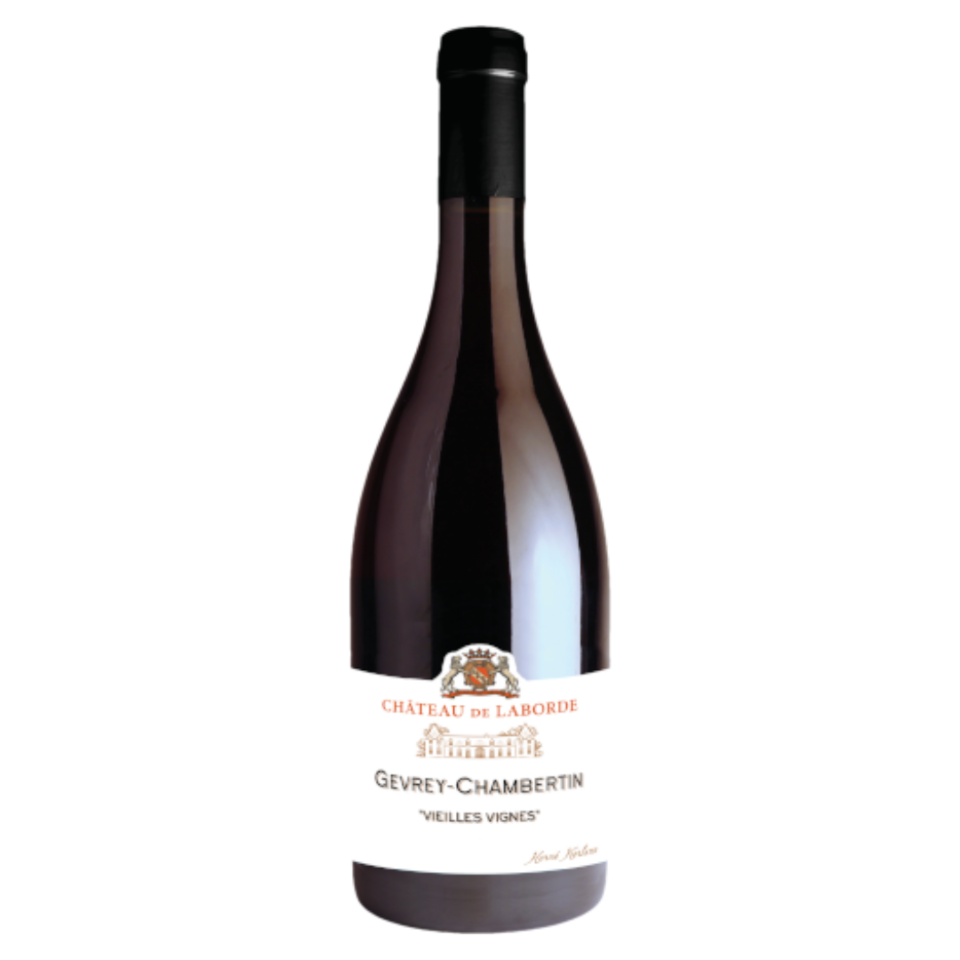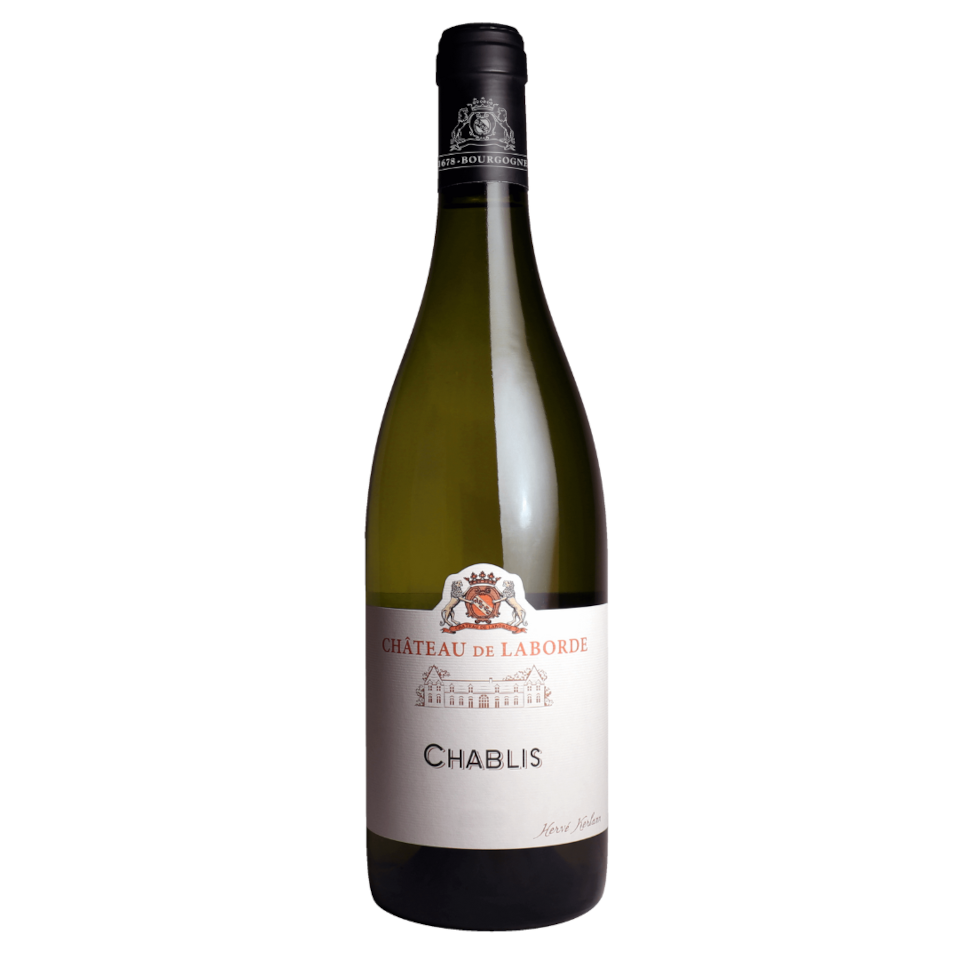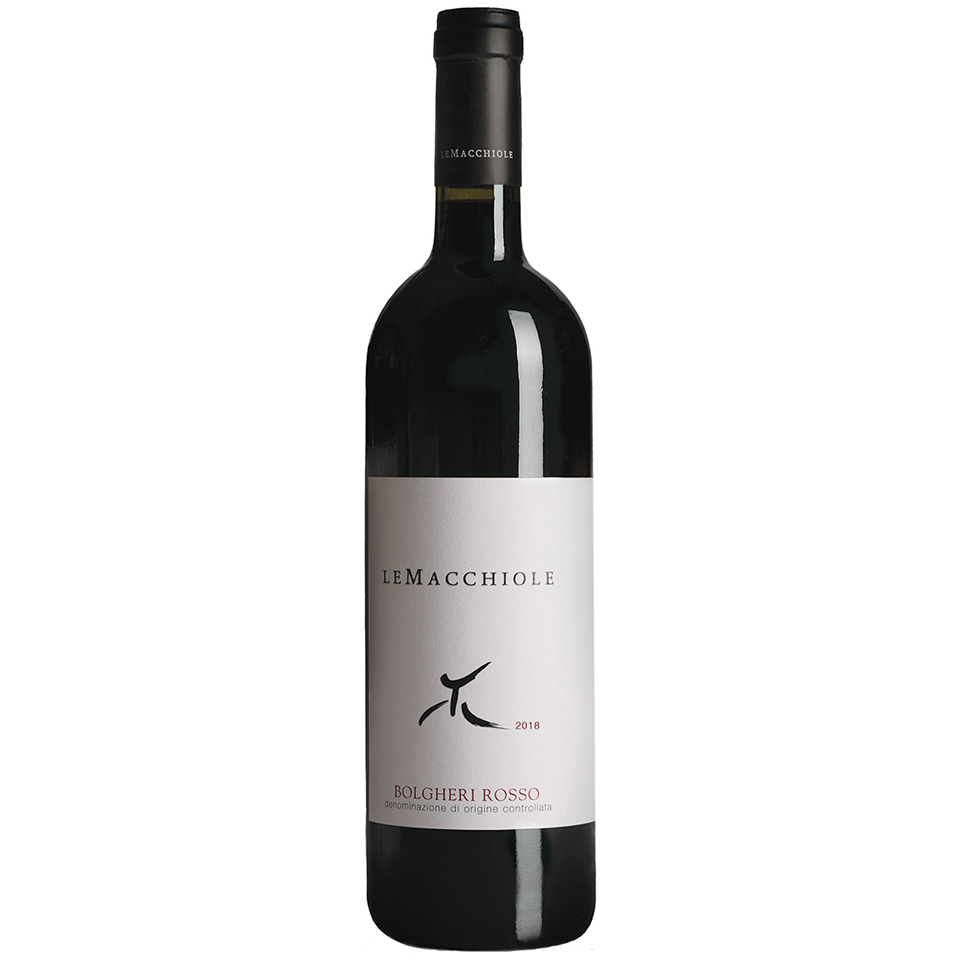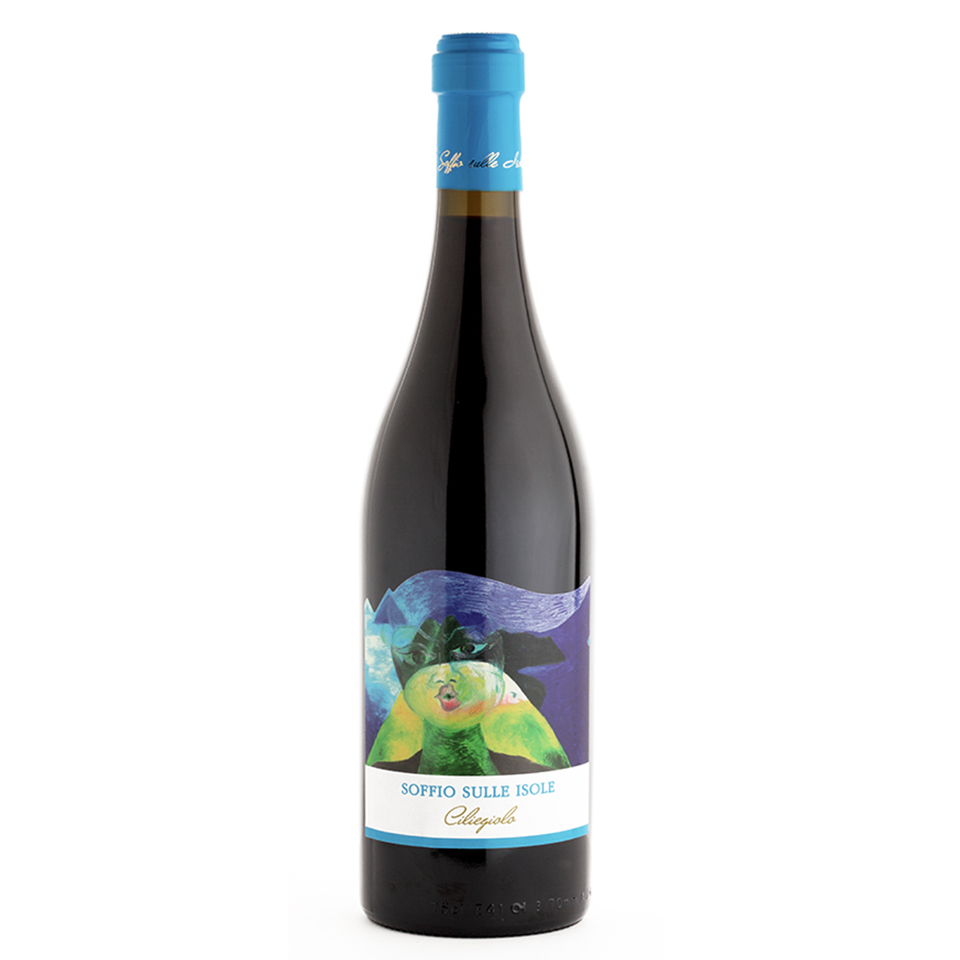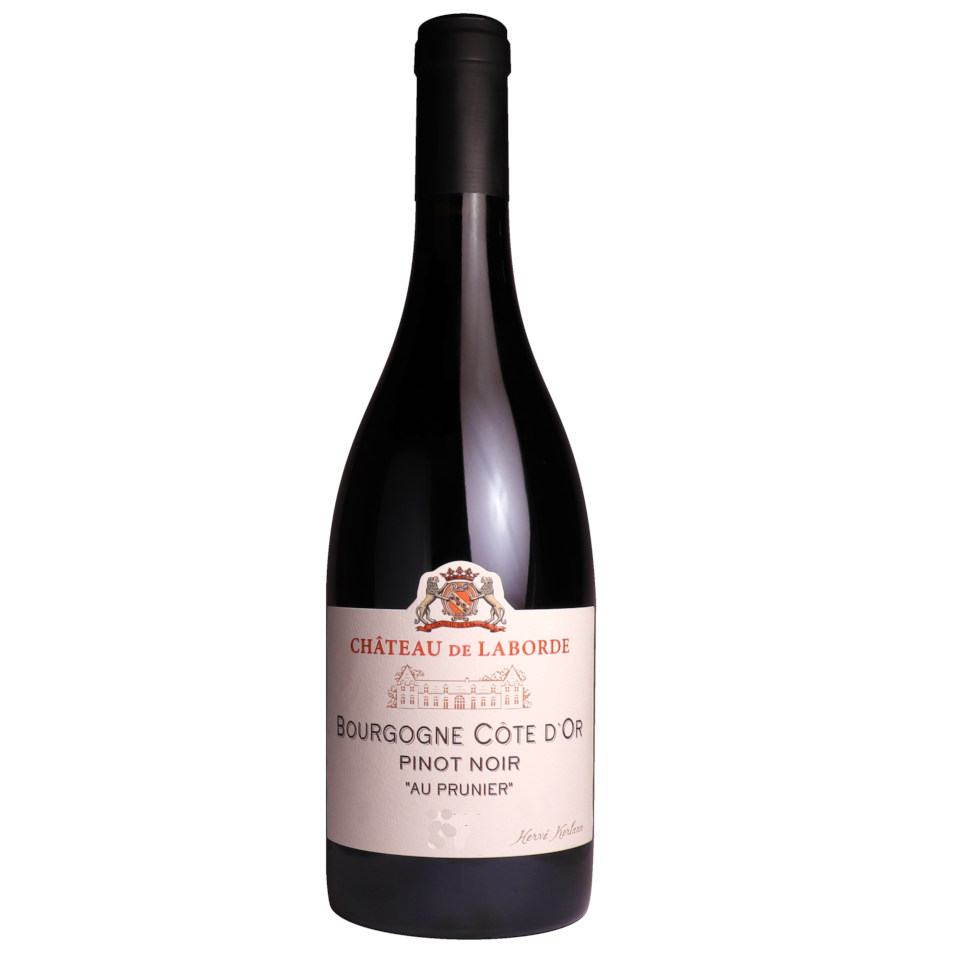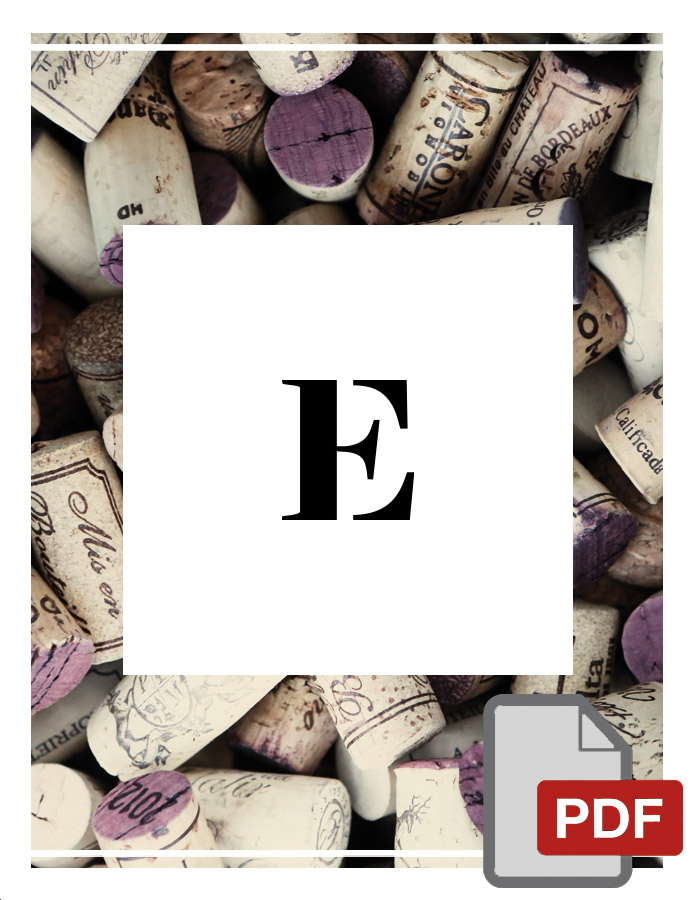Gevrey-Chambertin Vieilles Vignes – 2016 – Chateau de Laborde – magnum
Winery: Château de Laborde
115,00 €

Join the Wine Club to get an additional 5% discount on this product.
Sign up here
THE WINE
The Château de Laborde dates back to 1700 and is located in Burgundy, one of the most renowned regions in France for its red wines of the highest quality. Here we are in a relatively young reality; in fact, the current owner Hervé bought this castle with his wife in 1998 and has worked hard to restore it to its former glory and produce noteworthy wines.
This wine is produced only with Pinot Noir grapes grown in the estate’s vineyards which are about 40 years old and are located in the eastern and southern parts of the Gevrey-Chambertin village. The soil here is rich in clay and chalk. The wine is called “Gevrey-Chambertin Vieilles Vignes”; in English, we can translate it as “the old vines of Gevrey-Chambertin”.
THE WINEMAKING
The harvest is strictly manual; once in the cellar, the grapes are destemmed. This practice is followed by maceration at a constant temperature of 12 ° C, which lasts three days. The wine then ferments in thermo-conditioned vats with initial pumping and punching of the cap twice a day. The wine then ages for at least 12 months in oak barrels, half new and half of second or third passage. After the refinement, the wine is lightly filtered and bottled; sulfites are reduced to the minimum.
THE TASTING
Intense ruby red. The aroma is broad and elegant; if tasted young, you can perceive notes of cranberries and black fruits, which alternate with floral scents where violet and dried rose petals prevail. With ageing, persuasive aromas of liquorice and undergrowth unfold. This wine from Chateau de Laborde is excellently structured, velvety on the palate, and persuasive with very elegant tannins. Persistence is also magical.
FOOD PAIRINGS
It goes well with red meat and braised meat, and hard cheeses. Try it with duck.
THE WINERY
The history of the Chateau de Laborde winery dates back to 1704; at the time, the castle had almost 4 hectares of vineyards. In 1785 the castle was bought by a former banker named Jean-Joseph de Laborde, who thus became Marquis de Laborde. However, the Marquis was guillotined in 1794, and the castle remained abandoned until 1814… keep reading
| Denomination | |
|---|---|
| Grape Variety | |
| Aging | |
| Aging Potential | |
| Wine Year | |
| Alcoholic content | |
| Service Temperature | |
| Bottle size | |
| Food pairing |
You may also like…
Bourgogne Côte d’Or – Au Prunier – 2020 – Château de Laborde
Château de Laborde




